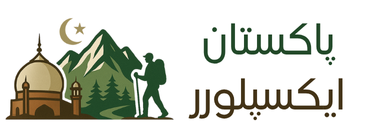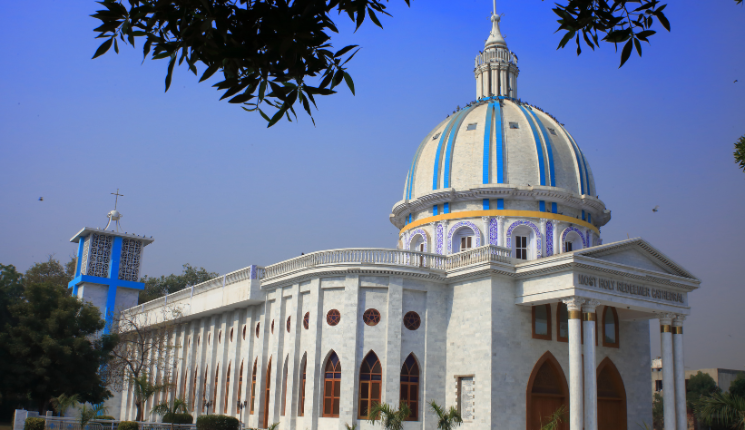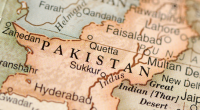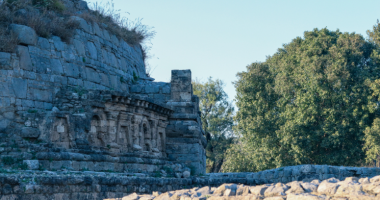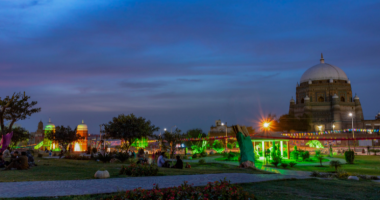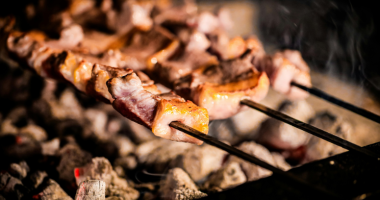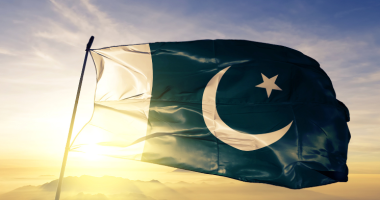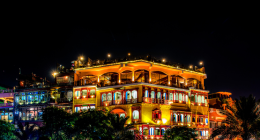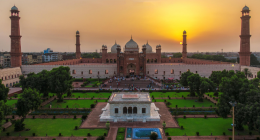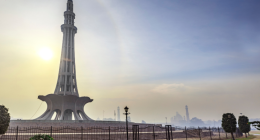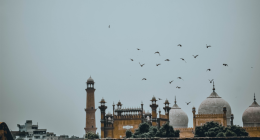Ever wondered what it feels like to walk through a city where ancient traditions still shape daily life? Multan’s traditional flavors and customs offer a vibrant look into the soul of South Punjab. From spicy street food to centuries-old rituals, Multan invites you into a world where every meal, prayer, and celebration connects the past with the present.
Though modern buildings are rising, the real essence of this city still lives in its old bazaars, family kitchens, and the spiritual rhythm of its Sufi shrines. Let’s explore it all—one flavor, one custom at a time.
How Multan’s Traditional Flavors and Customs Shape Daily Life
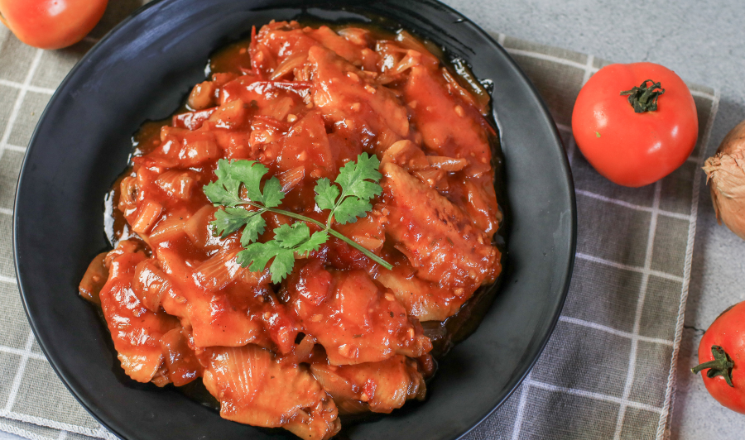
In Multan, food is more than just nourishment. It’s an emotional and social experience, deeply connected to hospitality, religion, and family values.
For example, many families still sit together on the floor to eat. Meals are served in large dishes, symbolizing unity. Moreover, eating with hands is the norm, which enhances the connection to food and each other.
Tea (chai) is also a daily ritual. Whether you’re visiting relatives or closing a business deal, a cup of chai is always offered—it’s an unspoken welcome.
Even today, locals follow customs that emphasize respect, such as standing up for elders, offering the best portion of food to guests, and beginning meals with a short prayer (Bismillah).
Culinary Journey Through Multan’s Traditional Flavors
If you’re a foodie, then you’re in for a treat. Multan’s traditional flavors and customs are best understood through its age-old recipes that still fill local kitchens.
1. Spiced Lentils and Homemade Breads in Multan
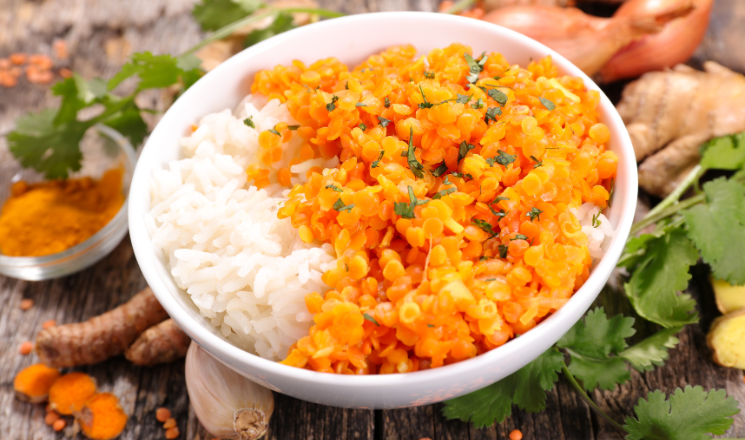
Every household serves daal—spiced lentils—paired with freshly made roti. This dish might sound simple, yet the flavor variations are endless. Some families add ghee, others prefer garlic and cumin.
It’s comforting, healthy, and full of tradition. Most importantly, it’s a dish you’ll find at both rich feasts and humble homes.
2. Sohan Halwa: Sweet Symbol of Multan’s Heritage
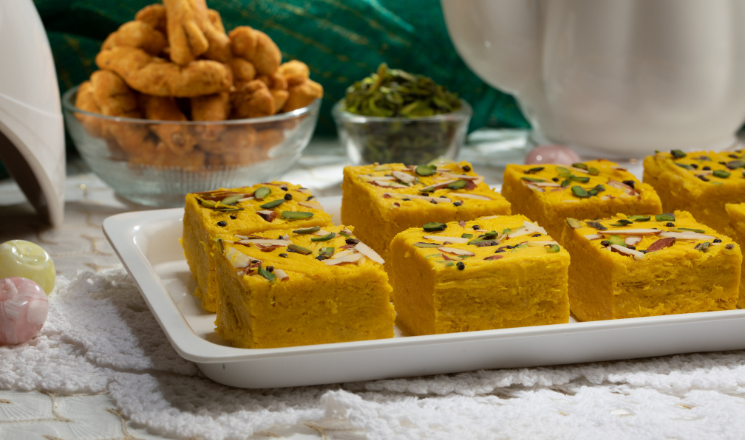
No visit to Multan is complete without tasting Sohan Halwa. Made with wheat flour, ghee, sugar, and nuts, this dense sweet is chewy, rich, and long-lasting.
You’ll find the best versions near Ghanta Ghar or in Hussain Agahi Bazaar, beautifully packed in tin boxes. It’s often gifted during Eid, weddings, and pilgrimages.
3. Street Food and Local Tastes Reflecting Multan’s Culture
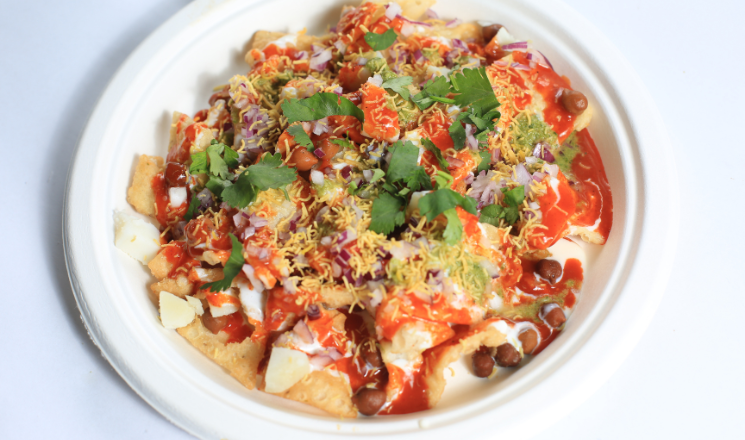
A walk through Chowk Bazaar or Bohar Gate exposes you to sizzling kebabs, hot samosas, and gol gappay (crispy water balls filled with tamarind chutney).
One of the most loved items is Chana Chaat—chickpeas with lemon, chili, and onions. It’s spicy, sour, and utterly addicting.
You’ll also see carts selling Rabri (sweetened condensed milk dessert) and seasonal fruits like Multani mangoes, known for their flavor and fragrance.
Festive Customs Rooted in Multan’s Heritage
Food is only one part of Multan’s traditional flavors and customs. This city also celebrates heritage through festivals, clothing, and social behavior.
1. Eid Festivities Reflecting Multan’s Traditional Life
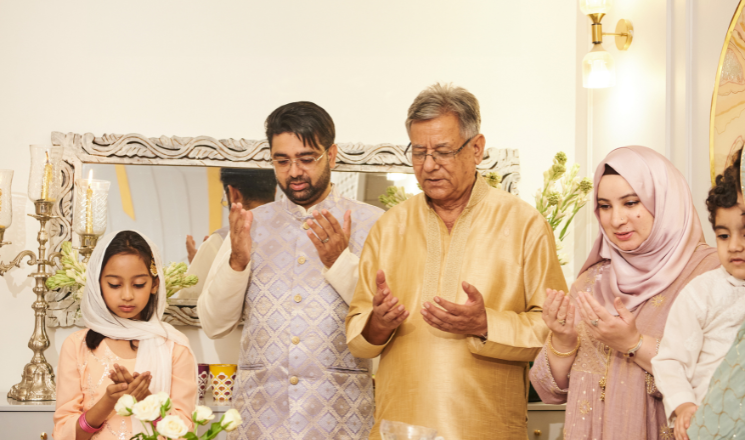
Eid festivals in Multan are a grand affair. Homes are cleaned, clothes are stitched, and sweet dishes like sheer khurma fill the kitchens. In mosques like the Eidgah Mosque, prayers begin early. Afterward, families exchange gifts and visit each other.
The tradition of visiting graves and offering fateha (prayers) is also common, especially during Eid-ul-Fitr. Respect for elders and the deceased forms an important part of Multani customs.
2. Weddings and Traditional Multani Ceremonies
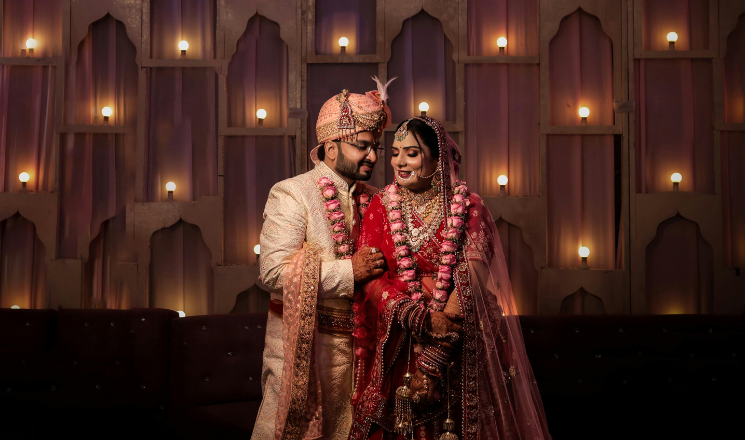
Weddings in Multan are a week-long celebration of music, color, and ritual. Traditional events like Mayun (a cleansing ceremony) and Mehndi (henna night) involve singing folk songs and applying turmeric paste to the bride and groom.
Every custom has a meaning. The Rukhsati, when the bride leaves her home, is deeply emotional and is followed by a warm welcome at her new home—often with sweets and gifts.
Multan’s Traditional Crafts and Attire
Along with food and festivals, Multan’s traditional flavors and customs show up in what people wear and make.
1. Multani Ajrak and Embroidery
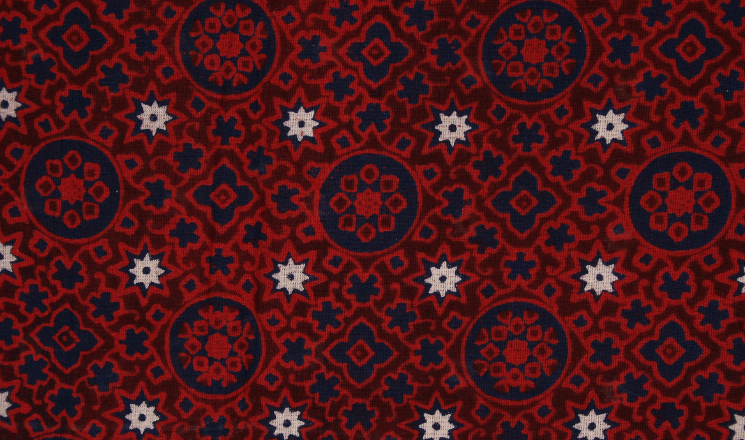
Walk through Hussain Agahi Market, and you’ll find rows of shops selling Multani Ajrak—a vibrant block-printed cloth in red, black, and white patterns. Ajrak isn’t just beautiful, it’s deeply cultural. Men wear it as turbans or shawls; women use it as scarves.
Another highlight is Multani embroidery, done with colorful threads and tiny mirrors. This kind of work often decorates wedding dresses or festival outfits.
2. Blue Pottery and Clay Lamps
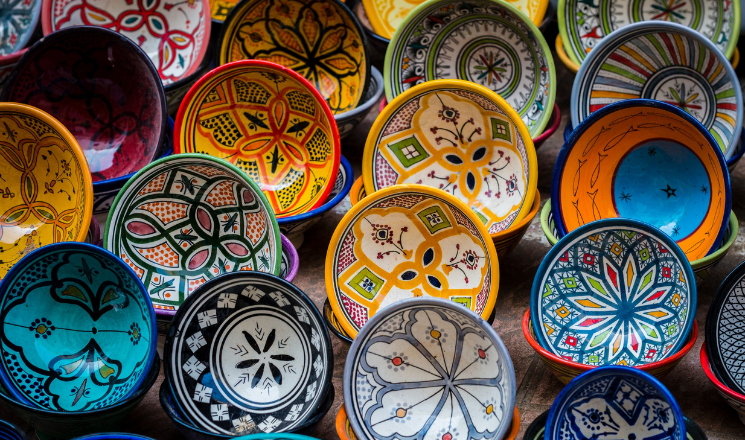
Multan is also known for its unique blue pottery. The bright blue and white designs are hard to miss and often inspired by Persian art. Skilled artisans create plates, vases, and tiles using methods that are centuries old.
Even small clay oil lamps, lit during religious events or special evenings, continue to be handmade by local potters.
Spiritual Roots of Multan’s Traditional Flavors and Customs
No post on Multan’s traditional flavors and customs would be complete without talking about its spiritual side.
Sufi Shrines: Where Spirituality Meets Tradition
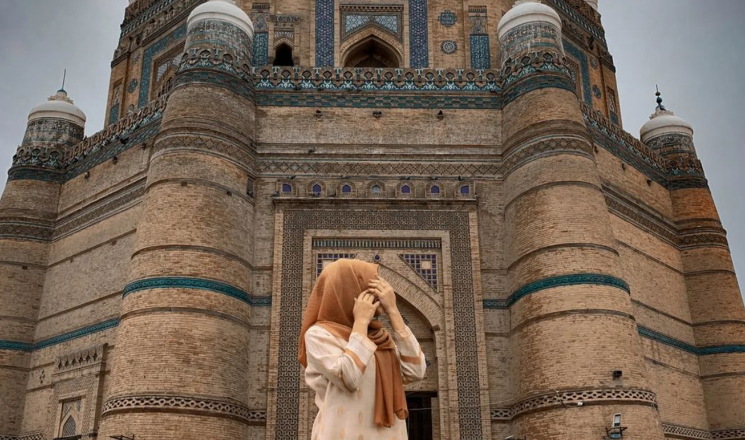
Multan is known as the City of Saints. You’ll find many ancient shrines dedicated to Sufi saints like Shah Rukn-e-Alam and Bahauddin Zakariya. These places aren’t just religious sites—they are cultural centers where food, music, and prayers blend together.
During Urs festivals (death anniversaries of saints), the city lights up. People from far-off villages come to attend, offer food, and enjoy qawwali—a form of Sufi music. These traditions promote love, peace, and spiritual unity.
The Custom of Hospitality in Multani Culture
Visitors to Multan often talk about the same thing: the warm hospitality.
Even if you’re a stranger, locals will go out of their way to make you feel welcome. Whether it’s offering you mangoes during the summer or inviting you to a wedding, kindness is a part of everyday life here.
Additionally, respect for elders and guests is taken seriously. You’ll see younger people standing to greet elders, pouring tea for them, and never eating before them.
How to Experience Multan’s Traditional Flavors and Customs Firsthand
Want to explore Multan’s traditional flavors and customs firsthand? Here are a few quick tips:
- Visit during spring or fall to avoid the extreme heat.
- Don’t miss the Tomb of Shah Rukn-e-Alam, Multan Fort, and Hussain Agahi Bazaar.
- Try local foods with a guide or friend so you understand the cultural stories behind them.
- Learn a few Urdu phrases like “Shukriya” (thank you) and “Aap kaise hain?” (how are you?)—locals will love the effort!
- Use apps like Google Translate, Google Maps, and Rehlat for easier travel and exploration.
Final Thoughts on Multan’s Traditional Flavors and Customs
Multan isn’t flashy or modern in the usual way—but that’s its charm. The soul of the city lives in its alleyways, its roadside chai dhabas, its soulful Sufi shrines, and the warm hands that serve you freshly cooked roti.
If you ever wanted to step into a place where the past still dances in the present, then Multan is your calling.
Through its food, festivals, and everyday customs, Multan shows how tradition can stay alive in the best way possible. So, pack your bags, bring your curiosity, and come discover Multan’s traditional flavors and customs—you’ll leave with a full heart and a very full stomach.
